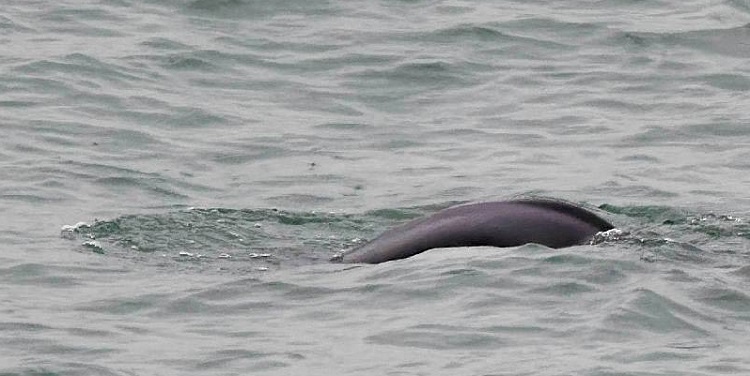There have been noisy piling works from the construction of an upcoming offshore gas receiving facility. It is located just off Hong Kong's southern Lantau Island. It is believed to cause hearing loss in finless porpoises.
According to the South China Morning Post, an environmental impact assessment (EIA) submitted by CLP Power was not successful in proving how work would affect marine mammals in the area above. Hence, it was required to be redrafted, as claimed by WWF-Hong Kong.
"We are disappointed by CLP's EIA report," said Samantha Lee Mei-wah, assistant director for oceans conservation. "It hasn't demonstrated clearly how noise from pilling works will affect Chinese white dolphins and finless porpoises that use these waters."
The power firm, on the other hand, is looking to obtain an environmental permit to build a 2.5-hectare offshore liquefied natural gas (LNG) receiving terminal of the Soko Islands.
A regasification vessel is meant to convert LNG offloaded by tankers back into gas and sends it directly to the metro's power plants via undersea pipes. It will be berthed permanently at a new jetty.
The jetty will reportedly sit on about 80 piles and is driven into the seabed. To get go ahead, the CLP must conduct and meet all criteria of an EIA, Hong Kong Informer reports.
CLP proposed different mitigation measures. For starters, it recommends erecting noise insulating curtains. If not, it wants to have a 500-meter exclusion zone. However, it concluded that there was "no unacceptable noise impact associated with the construction of the project particularly."
But Lee reiterated the EIA have no definite details when it comes to noise propagation modeling, which only quantified how sound traveled underwater and measured its cumulative effects. Hence, WWF commissioned an independent consultant to do such modeling.
Its study discovered that the noise coming from a pile being hammered once into the seabed could travel 4km. Given the size of the impact, it could affect finless porpoises, which are known to forage in the area from December to May.
Based on the model, which factored in data such as sea depth, temperature, and density, any porpoise in the area, could likely suffer reduced hearing distance of between 50 and 100 percent.
Near endangered, finless porpoises - like many cetaceans - emit "clicks" of different frequencies to communicate and navigate. They are extremely sensitive to noise.
As per WWF's study, noise from a single hammer strike would reach at least 200 decibels within the "zone of influence" from CLP's work site. Repeated hammering increased the noise exponentially, Lee added. "It may affect their ability to find food or a mate."






